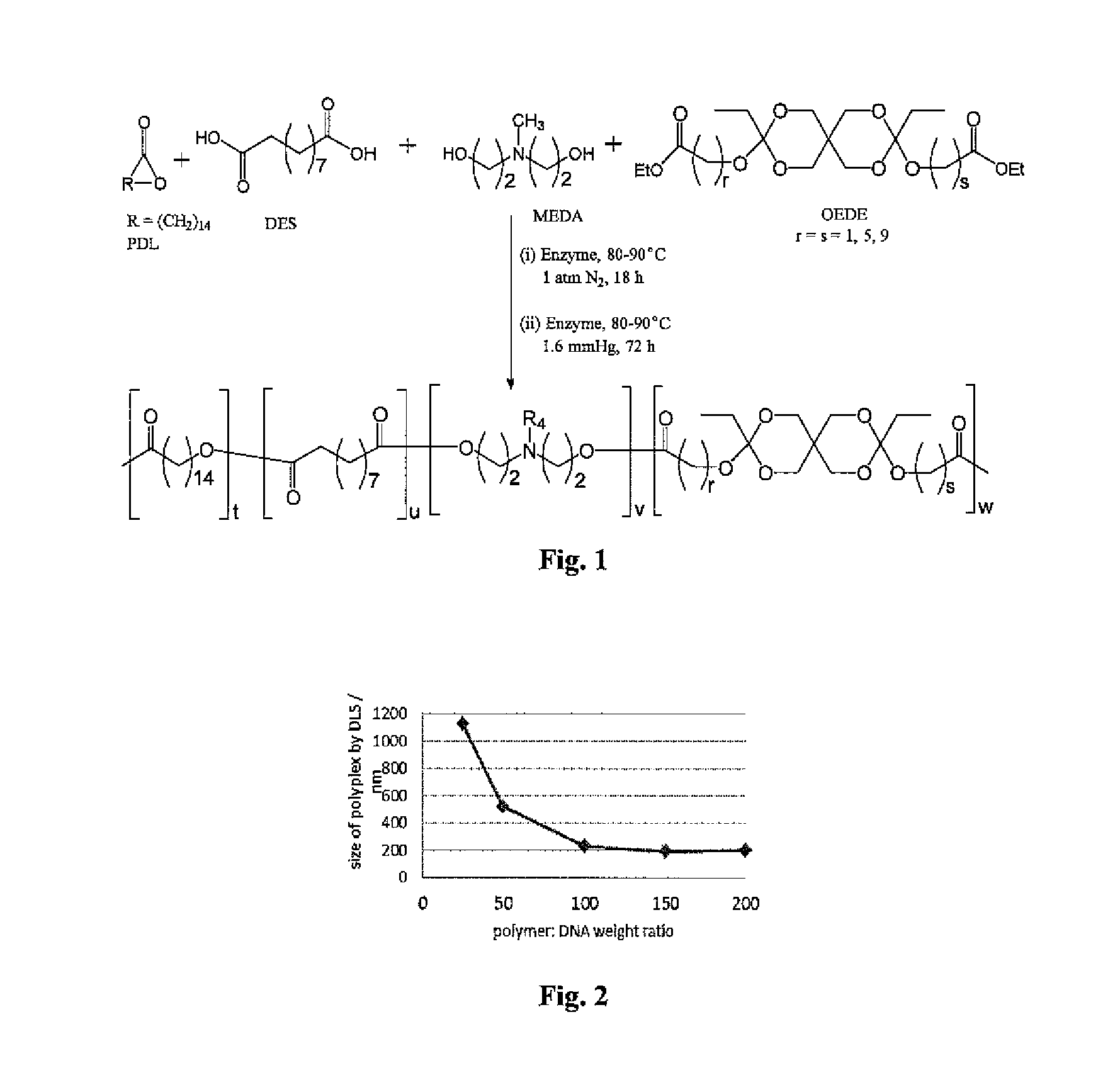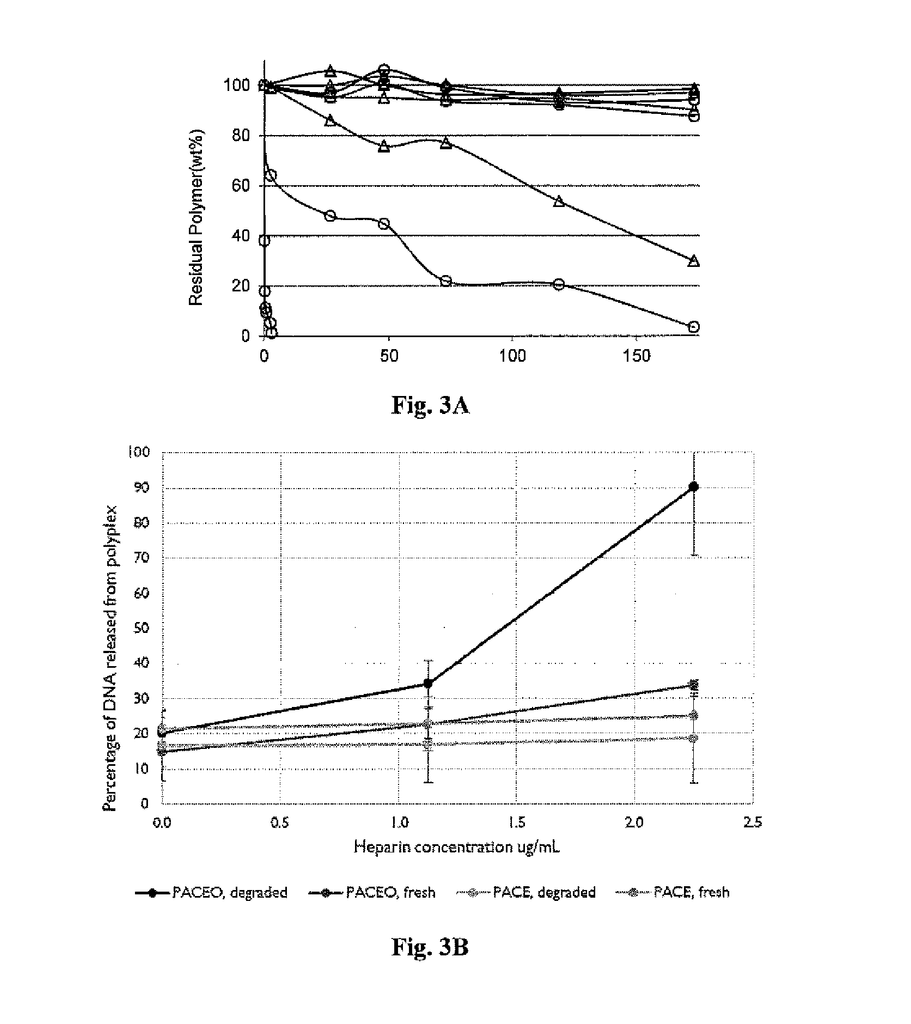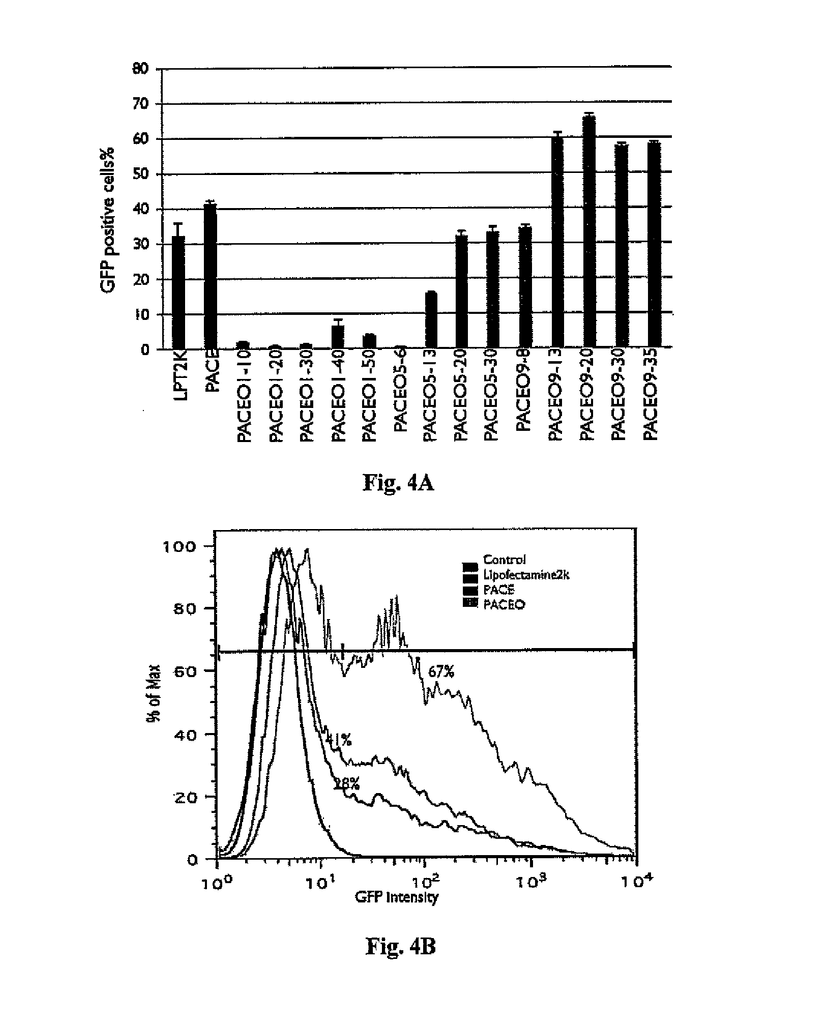Invented by W. Mark Saltzman, Junwei Zhang, Jiangbing Zhou, Zhaozhong Jiang, Yale University
Low pH tissues and cellular compartments, such as lysosomes, are difficult to target with traditional drug delivery systems. This is because these areas have a highly acidic environment that can degrade and inactivate many drugs. However, recent advancements in nanotechnology and biomaterials have led to the development of new formulations and methods for releasing agents into these areas.
One of the most promising approaches is the use of pH-responsive nanoparticles. These nanoparticles are designed to release their cargo in response to the acidic environment of low pH tissues or cellular compartments. This allows for targeted drug delivery and reduces the risk of off-target effects and toxicity.
Another approach is the use of prodrugs, which are inactive compounds that are converted into active drugs in low pH environments. This approach allows for the selective activation of drugs in specific tissues or cellular compartments, improving their efficacy and reducing side effects.
The market for these formulations and methods is expected to grow significantly in the coming years. The global market for drug delivery systems is projected to reach $1.7 trillion by 2023, with a significant portion of this market focused on targeted drug delivery systems.
The demand for targeted drug delivery systems is being driven by the need for more effective treatments for diseases such as cancer, Alzheimer’s, and Parkinson’s. These diseases often require high doses of drugs that can cause significant side effects. Targeted drug delivery systems can reduce the required dose and improve the efficacy of the treatment while minimizing side effects.
In conclusion, the market for formulations and methods for releasing agents into low pH tissues or cellular compartments is a rapidly growing market. This market is being driven by the need for more effective and targeted drug delivery systems for the treatment of various diseases. The development of new technologies and approaches is expected to continue to drive growth in this market in the coming years.
The Yale University invention works as follows
Polyamine-co-ester-co-ortho ester) polymers, methods of forming active agent-load nanoparticles therefrom, and methods of using the nanoparticles for drug delivery are disclosed. You can coat the nanoparticles with an agent that decreases their surface charge or increases cell-specific targeting. Or a combination of both. The loaded nanoparticles are typically less toxic and more effective at drug delivery than other transfection reagents.
Background for Formulations and methods for releasing agents into low pH tissues or cellular compartments
Nonviral vectors for gene-delivery have been attracting much attention over the past few decades because of their limited immunogenicity, their ability to deliver large amounts of genetic material and their potential to be modified. The cationic lipids, cationic polymers and other non-viral vectors are the most prominent. Feigner and his colleagues pioneered cationic lipid-derived vectors. They are one of the most widely studied systems for nonviral gene delivery. Lipofection is a high-efficiency, lipid-mediated DNA transfer procedure. PNAS, 84, 7413-7417 (1987)) (Templeton, et al. For increased systemic delivery of gene expression and improved DNA:liposome compounds. Nat. Biotechnol. 15, 647-652 (1997)) (Chen, et al. Targeted nanoparticles deliver siRNA to melanoma. J. Invest. Dermatol. 130, 2790-2798 (2010)).
Because of their flexibility in synthesis and structural modifications to specific biomedical applications, cationic polymer vectors are becoming more popular. Both cationic and cationic polymer systems deliver gene through condensed complexes formed with negatively charged DNA by electrostatic interactions. Complex formation protects DNA against degradation and facilitates intracellular traffic to the nucleus.
Polyplexes between DNA and cationic polymers are more stable than those formed between DNA and cationic lipoplexes. However, both are unstable in physiological fluids that contain serum components, which can cause them to break down or aggregate (Al Dosari, et. al. AAPS J. 11, 671-681 (2009)) (Tros de Ilarduya, et al. Eur. J. Pharm. Sci. 40, 159-170 (2010)). Some research suggests that anionic polymers, or even naked DNA, can be used to transfect cells under certain conditions. However, transfection using both lipids or polymers requires materials with excessive charge. This results in lipoplexes or polyplexes with net negative charges on the surface. Gene. Ther. 9, 1351-1358 (2002)) (Schlegel, et al. J. Contr. Rel. 152, 393-401 (2011)) (Liu, et al, AAPS J. 9, E92-E104 (2007)) (Liu, et al. Gene Ther. 6, 1258-1266 (1999)). In vivo injection of the positive surface charge into the circulatory system causes rapid formation complex aggregates with negatively charged serum molecules or membranes of cellular component. These are then cleared by reticuloendothelial (RES)
More important, many of the cationic vectors that have been developed so far show substantial toxicity which has limited their clinical application (Tros De Ilarduya, and al. Eur. J. Pharm. Sci. 40, 159-170 (2010)) (Gao, et al. Biomaterials 32, 8613-8625 (2011)) (Feigner, et al. J. Biol. Chem. 269, 2550-2561 (1994)) (Kafil, et al. BioImpacts 1, 23-30 (2011)) (Lv, et al. J Contr. Rel. 114, 100-109 (2006)). It also appears that this depends on charge: excessive positive charges on the surfaces of complexes can interact and inhibit normal cell processes such as clathrin-mediated cell endocytosis activity, activation of ion channel, membrane receptors, enzymes or cell survival signalsing (Gao, al. Biomaterials 32, 8613-8625 (2011)) (Feigner, et al. J. Biol. Chem. 269, 2550-2561 (1994)) (Kafil, et al. BioImpacts 1, 23-30, 2011 )).
Citic lipids can cause acute inflammation in humans and animals, while cationic polymers such as PEI destabilize plasma membranes of red blood cells, and induce cell necrosis and apoptosis (Tros deilarduya et al. Liposplexes and polyplexes can deliver gene. Eur. J. Pharm. Sci. 40, 159-170 (2010)) (Gao, et al. Biomaterials 32, 8613-8625 (2011)) (Lv, et al. J. Contr. Rel. 114, 100-109 (2006)). These undesirable effects call for non-viral vectors with lower charge densities that are highly efficient.
Synthesis of a family of biodegradable poly(amine-co-esters) formed via enzymatic copolymerization of diesters with amino-substituted diols is discussed in Liu, et al. J. Biomed. Mater. Res. Res.
Diesters of different chain lengths (e.g. succinate to dodecanedioate), were copolymerized using diethanolamines with an alkyl (methyl) or aryl (phenyl), substituent on nitrogen. Because of its high tolerance, the copolymerization reactions were completed in one step. Upon protonation at slightly acidic conditions, these poly(amine-co-esters) readily condense DNA and form nano-sized polyplexes. Screening studies revealed that one of these materials, poly(N-methyldiethyleneamine sebacate) (PMSC), transfected a variety of cells including HEK293, U87-MG, and 9L, with efficiency comparable to that of leading commercial products, such as Lipofectamine 2000 and PEI14. Although PMSC was previously used to deliver gene, the efficiency of the enzymatically synthesized substances was five orders of magnitude greater than those previously reported (Wang et al. Biomacromolecules 8, 1028-1037 (2007)) (Wang, et al. Biomaterials 28, 5358-5368 (2007)). However, these poly(amine-co-esters) were not effective for systemic delivery of nucleic acids in vivo. This could be because the polyplexes made by these polymers and genetic material (1) are not efficient enough for in vivo applications, and/or (2) they are not stable enough within the blood and can break down or aggregate in circulation.
Accordingly, it remains necessary to develop non-viral vectors that can deliver nucleic acid in vivo and efficiently with low toxicity.
There are also requirements for polymeric nanocarriers that can be prepared in as little time as possible, and in which the molecular mass and/or composition of the polymer can be controlled easily.
It is therefore the object of the invention that formulations with improved polymers can effectively deliver therapeutic and diagnostic agents in vivo. There are also methods for making and using them.
It is the object of the invention that formulations with improved polymers can deliver therapeutic, diagnostic, or/and prophylactic agents to low pH tissues or cellular compartments in high efficacy in vitro, and are suitable to in vivo delivery.
It is the object of the invention provide methods for making formulations that have improved olimers for systemic delivery to therapeutic, diagnostic and/or prophylactic agent to low pH tissue environments, or cellular compartments with high efficiency in vitro, and are suitable to in vivo delivery.
It is also the object of the invention that methods for using improved polymers for systemic delivery to low pH tissue environments, cellular compartments, or therapeutic, diagnostic, or/or prophylactic agent to these low pH tissues are high efficiency in vitro, and are suitable for in-vivo delivery.
Formulations that contain polymers with improved properties to deliver therapeutic, diagnostic, or prophylactic agents are described.
The formulations of polymers have the following formula:
The structure of an ortho ester could be as follows:
wherein the ortho ester connects to the rest of polymer at points D and E.
Each occurrence of the m is an integer between 1-30.
Each occurrence of the numbers n,p,q,r, or s is an independent integer between 1-20.
Each occurrences of t, U, v, or w is an independent integer between 1-1000.
Click here to view the patent on Google Patents.




